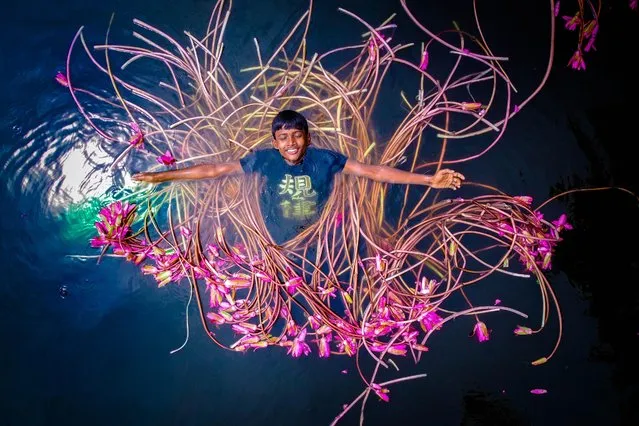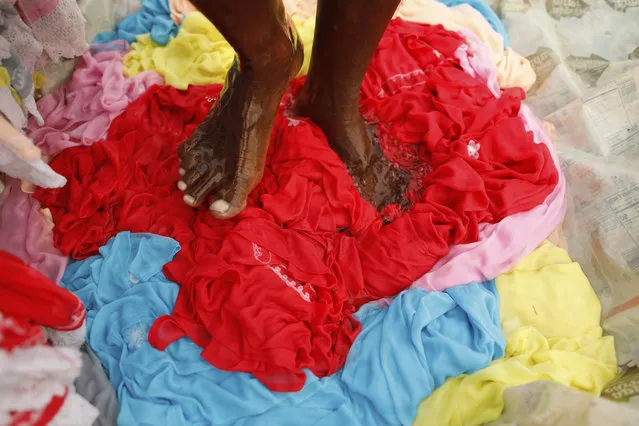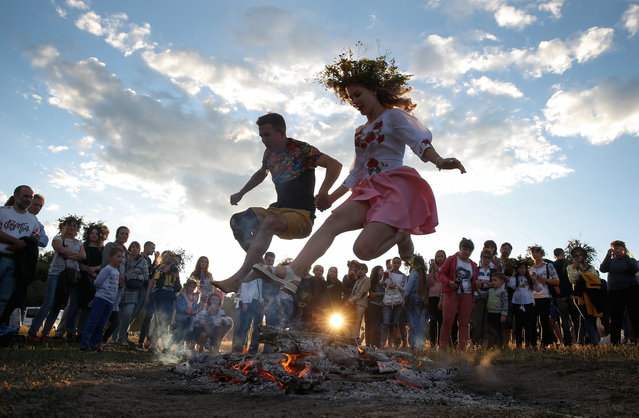
An artist has created a homage to cultural and historical figures – by immortalising them as Star Wars characters. Mike Leavitt wanted to “document the pulse of our times” through his sculpture by splicing non-fiction characters with famous faces. He chose the sci-fi trilogy as a basis for what he calls his “pop culture satirical mash-ups”, with many of the pieces hand-carved from wood. The hilarious results include Albert Einstein as R2D2, Michael Jackson as an Ewok and Angelina Jolie in Princess Leia's famous slave girl outfit. Photo: Gandhi as Yoda. (Photo by Mike Leavitt/Rex USA)
20 Dec 2013 08:42:00,post received
0 comments







